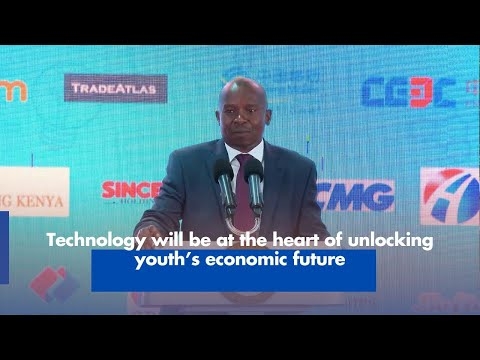When our Founding President Mzee Jomo Kenyatta died in 1978, there was an iconic photo published in newspapers and magazines around the world in the stories about his remarkable life.
This was a photo of the president and US Secretary of State Henry Kissinger surrounded by “Maasai traditional dancers” taken during Dr Kissinger’s visit to Kenya in 1976.
And for weeks after Kissinger had left, Kenyans continued to marvel that this famous “globetrotting statesman” had actually taken time out of his busy schedule of international “shuttle diplomacy” to drop by and visit us.
I would add that from the tone of the coverage in the international press of Mzee Kenyatta’s death, it seemed to be taken for granted that hosting Kissinger was a unique highlight of his presidency. By all accounts, Kissinger was not only a legendary statesman, but also a global A-list celebrity.
So, when I consider that we recently had the current US Secretary of State, Antony Blinken, visiting Kenya and barely being noticed, I have to wonder if this might in some way reveal a diminishing of US prestige.
Note that I mention “US prestige” and not “US power” or “US influence.”
US power and influence remain real enough. But this thing called “prestige” – easy to recognise but hard to define – is very easily lost.
In any event, post-Kissinger, the next time I noticed that a US Secretary of State was in Kenya was in 2003. This was when Colin Powell came over to push along negotiations that were taking place in Naivasha and aiming at a final resolution to the 20-year Sudanese civil war.
In time the rival Sudanese factions signed 'the Naivasha Accords', which eventually led – by way of a referendum – to the creation of the independent state of South Sudan.
This was yet another display of American prestige and influence. And very much the kind of thing we had come to expect if a US Secretary of State came visiting.
But even more memorable was the arrival in Nairobi of US Secretary of State Dr Condoleezza Rice, mid-February 2008, at the height of our days of horror generally referred to as the post-election violence.
Taking advantage of the massed TV cameras that turned up at her press conference, Dr Rice lectured our intransigent leaders as though they were wayward children who had to be compelled to behave.
We are now starting to see locally published memoirs of those dark days appear here and there, each more self-serving than the previous ones.
But for those of us who are old enough to remember the day-by-day coverage of the events as they unfolded, it is clear enough that it was with the arrival of Condoleezza Rice that the tide began to turn away from violence and towards a political settlement.
To be fair to Secretary Blinken, he was not here to help resolve any purely local problems. Indeed, it is remarkable that despite an ongoing political war of attrition that has caused a deep rift in high places, Kenya is totally at peace.
All the same, Secretary Blinken’s time here was not marked by the panache of Henry Kissinger’s 1976 visit, or even Hillary Clinton’s visit in 2009. And perhaps even more important, there was no sign of any historic intervention like those of Colin Powell and Condoleezza Rice.
I have a theory as to why this is so. I believe it is part of the price that Americans continue to pay for having elected Donald Trump as president.
I suspect that not one in a thousand Kenyans can tell you who Rex Tillerson is. Well, he was also a US Secretary of State. Appointed by Donald Trump. And he also visited Kenya. In 2018.
It turned out to be an inauspicious visit for him, as Tillerson was informed that his days as Secretary of State were numbered at just about the time when he had landed in Kenya. Subsequently Donald Trump, in his usual manner, sent out a tweet to seal Tillerson’s fate.
A stunt like that would diminish the prestige of any office – and this might explain the absence of traditional dancers when Antony Blinken came calling.











